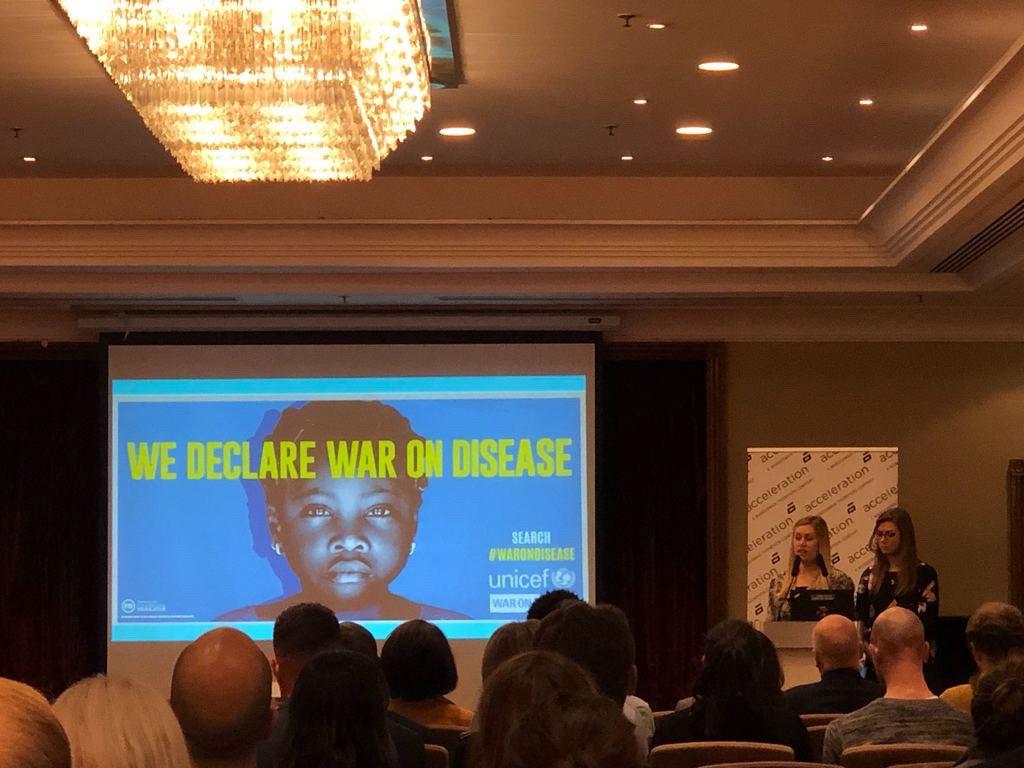Email Marketing
What makes a good subject line?
Subject lines are an important part of your email, so here's how to not mess them up.
Read More →
2019 has been a big year for email, and as we wrap up Advanced Email Conference, one of our final conferences this year, we reflect on what we have learnt from email post-GDPR.
2019 and post GDPR, smart marketers have focussed heavily on the concept of not being creepy with our data. That, even if we have all this personal information about our subscribers, we shouldn't use it if it's essentially going to weird the reader out.
Also, even in email there is a line. Eloise Shuttleworth from Iterable opened up by telling us to focus on how we're targeting and what we're targeting - a preference centre stops you from being too personalised to the point of being creepy. What does this mean? We can do some really cool things with personalisation, sometimes its essential to use a lot of the subscribers personal information e.g. basket confirmation emails but most of the time having pre set variables actually works best.
Here's the top 5 takeaways from the discussions we had at #EmailConf 2019.
As marketers, we push and pressure ourselves to send out unique content in our emails for every send. But, sometimes we overlook the fact that if a proportion of our audience didn't open our email at that time they might miss out on some of our best content.
Beth Simpson from Canon spoke on customer journeys and how, despite what we usually believe breaking the rules in email can often be a good thing. For example, giving in to the idea of repurposing old content for reactivation emails. And, if we look at how our audience interact with our content, we should use that as best practice rather than industry standards. There's also been a lot of talk this year in multiple conferences about simplicity in email, and how we need to steer towards how we can get our content across in the most simple way, then plan out our campaigns from there.
Having all this data about our audience is really exciting, but also quite overwhelming at the start. Throwing yourself into a new project can be scary, and it can often hold us back from reaching our full potential.
As we look forward into 2020, we can see that customers are asking to receive personalised content more and more in their emails. Dave Holland at Live Clicker gave some simple advice to just give it a go, even if you haven't tried it yet. For example, if you start adding some basic personalisation into your email campaigns and then see how your audience interact you can start to build it into your email strategy.
And if we haven't mentioned already, we have an exciting new Taxi add-on with Live Clicker meaning it's easier than ever to create awesome email in Taxi. Get in touch with us for more info on how you can add this into your workflow!
As mentioned before, its easy for your email to fall through someones inbox, which means your audience might miss out on your best content. If you always send an email at the same time, and focus primarily on this for getting emails out, it might impact you in a negative way.
Rather than focussing on time of send, we should start to look into how and when our audience is interacting with the email. Also be mindful, by being a sustainable marketer you need to put yourself in the consumers shoes and ask yourself if you would feel comfortable giving that data. If you don't then you shouldn't be asking for it (Cheetah).
Email is perfect (biased but true) for integrating with other channels and getting more engagement from supporters or sponsors. Non-profits can use email to create longstanding relationships with donors, with imagery being one of the biggest contributors to compulsive giving. Email can easily be integrated with social media, empowering donors to share information on their personal channels which can help with acquisition.
We have all been there when "they have me as an engaged user - and then they send me crap like this". It's really easy for your audience to switch. For example, not segmenting donors out can actually be quite harmful if you are asking for recurring donations or gifts. If they already donate, they should receive different content.

"Define your lifecycle, ask yourself does it fulfil my email marketing needs or my subscriber needs?" (Marie-Louise Lord, New Look). Once you outline the types of email you want to include, you can start working on a strategy which can be implemented across different teams.
A silo'd approach to working on email can lead to a disjointed experience for the customer. Unicef's email solution for this was to receive daily input from different teams and silo's to create their customer's email journey. Email requires teams to work collaboratively, and there are often many people 'behind the scenes' which means it's important to involve everyone in this process.
We'd love to show you how Taxi can help your team work more collaboratively. Take a demo with us, and find out how you can help your marketing team achieve their #EmailZen.
Taxi helps marketing teams make better quality email, quicker, at a larger scale.